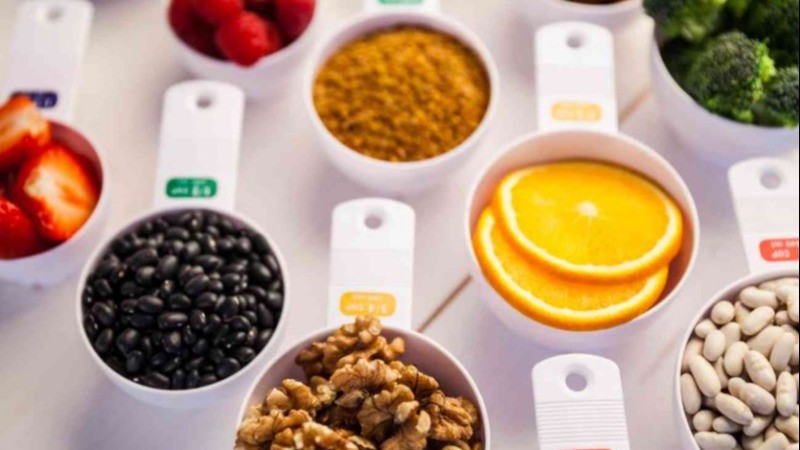
Food adulteration has emerged as a significant public health concern across the globe. This practice involves the addition of inferior or harmful substances to food items, compromising their quality and safety. In recent years, reports of adulterated food items have increased, with instances ranging from cooking oils to grains, dairy products, and spices. The drive for higher profits at lower costs has led to a surge in the adulteration of various food products, affecting consumer health and safety.
What is Food Adulteration?
Food adulteration refers to the practice of mixing inferior or harmful substances with food items. This can occur intentionally, with the aim of increasing quantity and profits, or unintentionally, due to poor handling or storage practices. Adulterated food not only poses health risks but can also lead to severe consequences for consumers, including long-term health issues.
Common Examples of Food Adulteration
Milk:
One of the most common forms of adulteration is the addition of water to milk to increase its volume. Additionally, substances like detergent and synthetic milk can also be mixed in, posing serious health risks.
Grains and Pulses:
Many grain products, such as wheat and rice, may be mixed with cheaper substances like chalk powder or artificial colors. Pulses may contain stones or sand to increase their weight, making them a health hazard.
Spices:
Spices like turmeric and chili powder are often adulterated with synthetic colors or lead chromate, which can have toxic effects on health.
Oils:
Cooking oils are often adulterated with cheaper oils, reducing their nutritional value and increasing the risk of heart diseases.
Honey:
Many commercial honey products contain sugar syrup or corn syrup, undermining the health benefits of natural honey.
Fruits and Vegetables:
Fruits may be artificially ripened using harmful chemicals like calcium carbide, which can lead to serious health risks.
Health Risks Associated with Food Adulteration
The health implications of consuming adulterated food can be severe and far-reaching. According to studies published in health journals, regular consumption of adulterated food items can lead to various health issues:
Gastrointestinal Problems:
Adulterated foods can disrupt the digestive system, leading to conditions like diarrhea, nausea, and vomiting.
Cardiovascular Diseases:
The use of poor-quality oils can raise cholesterol levels, increasing the risk of heart diseases.
Allergic Reactions:
Artificial additives and colors in food can trigger allergic reactions in sensitive individuals.
Diabetes:
Excessive consumption of foods with high sugar content due to adulteration can increase the risk of developing diabetes.
Cancer Risks:
Long-term exposure to harmful substances found in adulterated food may increase the risk of developing various types of cancer.
How to Identify Adulterated Food
Identifying adulterated food can be challenging, but there are some simple home tests that can help consumers ensure the purity of their food products:
Milk Testing:
Drop a small amount of milk on a smooth surface. If it spreads without leaving a trace, it may contain water. If the milk forms thick foam when shaken, it might contain detergent.
Honey Test:
Add a few drops of honey to a glass of water. Pure honey will settle at the bottom, while adulterated honey will dissolve completely.
Turmeric and Chili Powder:
Mix a spoonful of turmeric or chili powder in a glass of warm water. Pure turmeric will settle at the bottom, while adulterated powder will change the color of the water.
Tea and Coffee Testing:
Spread some tea leaves on a wet blotting paper. If yellow or orange stains appear, the tea may contain artificial colors. For coffee, mix a small amount in water; pure coffee will float, while adulterated coffee will settle.
Vegetable Testing:
To test green leafy vegetables, dip a cotton ball in water or vegetable oil and rub it against the vegetable. If the color changes, the vegetable may contain artificial dyes.
Wheat Testing:
Mix a tablespoon of wheat flour in a cup of water. Pure flour will settle at the bottom, while adulterated flour will cloud the water.
Butter Testing:
Melt a small amount of butter. Pure butter will melt quickly and turn brown, while adulterated butter will take longer to melt and may leave white residues.
Fruit Testing:
For bananas, place a few drops of water on the skin. If the spot turns brown, the banana may have been artificially ripened with harmful agents.
Oil Testing:
Place a small amount of coconut oil in the refrigerator. Pure coconut oil will solidify, while adulterated oil may not. For other oils, rub a drop on your palm; pure oil will be absorbed easily.
Food adulteration is a pressing issue that poses significant health risks to consumers. It is crucial for individuals to be aware of this problem and adopt measures to identify and avoid adulterated foods. Governments and regulatory authorities must implement strict regulations and penalties against food adulteration to protect public health. By promoting awareness and ensuring the availability of pure food products, we can work towards a healthier future for everyone.
First Clade 1b Mpox Updates: India Issues Health Advisory Following New Infection
Drugs Continue Under Scrutiny: Now CDSCO Flags 16 Drugs Fail in Quality Test in Himachal
This Tea is No Less Than Medicine for Health, and Its Preparation Method is Easy